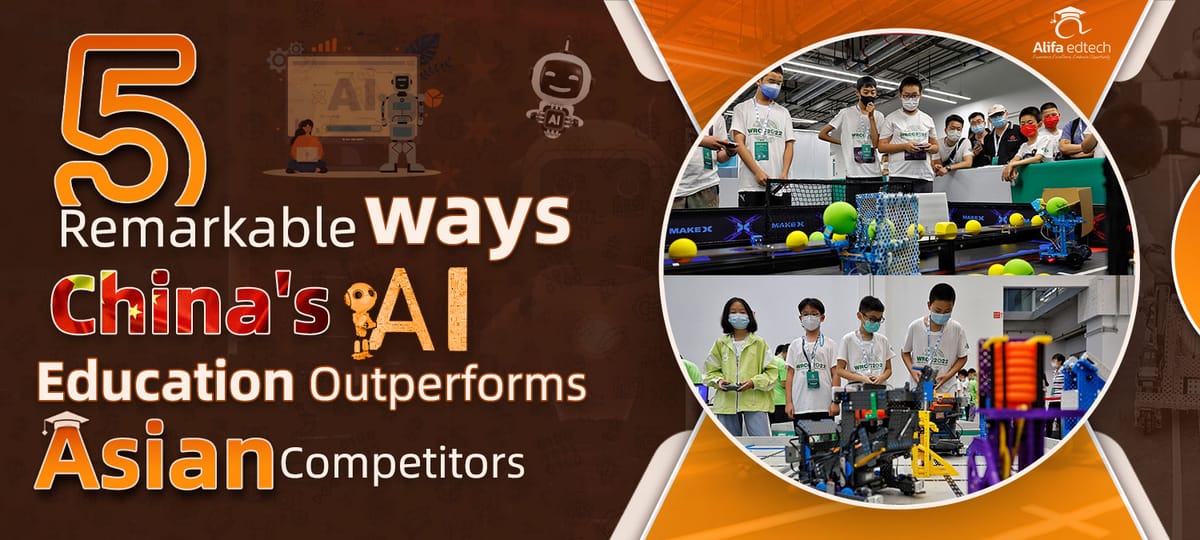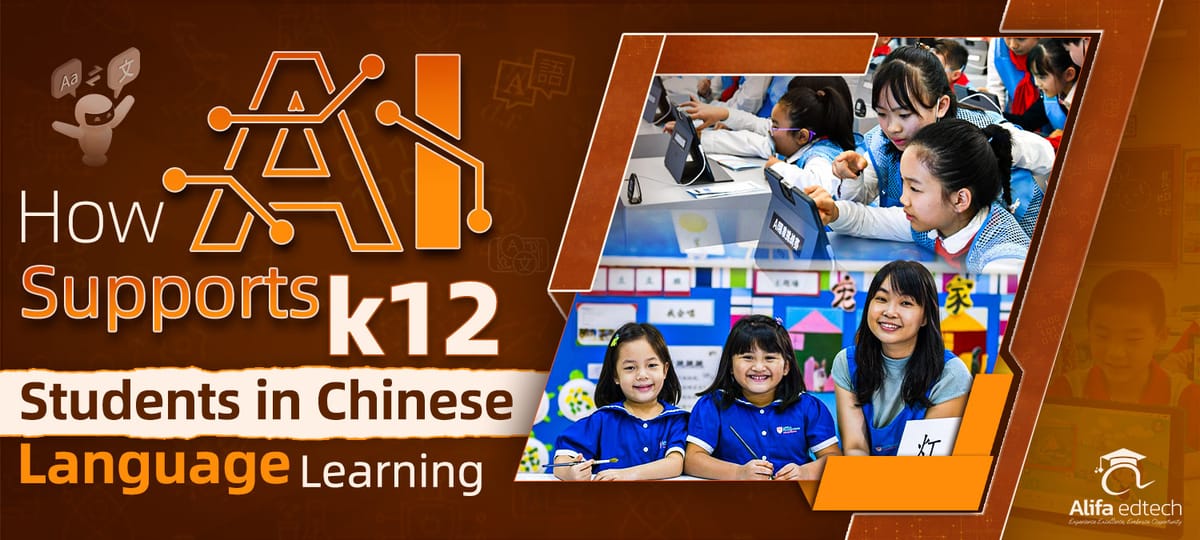China's education field is changing fast, and that is a concern for many. Student numbers in K-12 schools keep dropping. Every year, thousands of spots sit empty. This happens because families move and competition increases. Educational institutions in the education sector experience this impact in a significant way.
Big data steps in to help. It tracks trends and predicts changes in Chinese education. You might wonder how this works. Big data analyzes patterns to forecast enrollment drops. It optimizes resources to ensure smooth operation in schools. Plus, it boosts education quality by guiding better choices for school leaders.
In the current situation, Chinese education is undergoing rapid evolution. Education reform focuses on using data for smarter decisions. The rapid development of society means schools must adapt. Think about international students seeking spots in competitive schools. Big data makes this easier by spotting opportunities early.
Big data is revolutionizing K-12 enrollment. It tackles demographic shifts and competition from private options. In educational institutions, it ensures that every student gets the support they need.
Now, let's look at big data in China's K-12 setup. The education sector uses it to handle vast amounts of information. For example, it tracks student progress and tailors teaching. This fits the rapid development in Chinese education. Schools like Tenglong use data to personalize learning. It addresses the current situation where enrollment dips due to shifting families.
Education quality improves as schools use data for precise plans. This ties into ongoing education reform. Big data supports the development of society by making education more efficient.
By the end of this article, you’ll see how big data can turn enrollment challenges into new opportunities. Alifa Edtech makes school choices easier for families. It personalizes the process for them.
Alifa Education Services bridges ed-tech entrepreneurs and policymakers with China's leading AI companies. Get matched with the perfect technology partner for your region.
Book Your Partnership Consultation Today!
Tell us your needs—we'll find your ideal Chinese AI firm match.
Understanding Big Data in China’s K-12 Education Context
Big data means handling tons of information with efficiency and intelligence. In Chinese education, it analyzes data from schools to improve teaching. For example, Tenglong School uses it for data-driven classes. This involves the analysis of educational data and tools like artificial intelligence technology. Educational data governance institutions set rules to keep information safe and useful.
Have you ever wondered how big data fits into daily school life? It works with mobile internet and cloud computing for easy access. Digital technologies, like Digital Earth, show trends in real time. The basic idea is easy: collect data by examining student habits in a structured way. Consider the collection process. It meets all data collection standards, making it easy to gather facts.
National trends in "Big Data Education in China" show key issues. Here's a quick look in this table:

Now, let's see how big data supports personalized learning and resource allocation:
- Personalized Learning: AI adjusts lessons based on each student's needs. It looks at educational data to develop customized plans.
- Resource Allocation: Big data helps the industry use tools like cloud computing. This ensures a fair distribution based on actual needs.
- Application Direction: It helps with teaching using mobile internet. Resources are available anytime you need them.
- Systematic Review: Digital technologies track progress, helping to adjust classes for better results.
Society is changing fast, and that boosts education in China. Schools are adapting through various methods. Education quality rises as data shape better strategies.
Want to put your brand in front of families, students, and education-focused readers? We're inviting select partners to advertise with us on our trusted blog.
Want to get featured? Click 'Learn more' and submit a story for us to include.
How Big Data Transforms Student Recruitment and Marketing
Big data is reshaping student recruitment and marketing in schools. You'll find it makes things easier and more effective. It includes key strategies that help schools adapt and thrive.
Predicting Enrollment Trends with Big Data
Schools use analysis technology to spot patterns early. Mianyang No. 4 Middle School applies this for tailored strategies. Decision-making problems vanish as data predicts drops in students. The evaluation basis comes from trends, offering reasonable suggestions for plans. The national strategy supports this for balanced growth. What if you could avoid empty spots? Big data guides the development direction toward steady enrollment.
Targeted Marketing for International Students
Reach international students through personalized services based on their data. Schools target ads using analytical technology to match interests. A centralized management model keeps efforts organized. Continuous development ensures campaigns evolve. How does this help you? It cuts waste and boosts sign-ups amid competition. Essential site functionality tracks responses for better outreach.
Optimizing School Resources in Chinese Education
Distribute resources in Chinese education to achieve optimal use. Use big data to boost effectiveness. Analytical technology identifies needs for targeted marketing. You'll save time and money by focusing on high-potential areas. Personalized services adjust based on student data, such as class sizes. Development direction includes efficient use of tools. Schools address decision-making problems through data insights for smarter budgets.
Data-Driven Strategies Against Private School Competition
Fight back against private schools with data-driven tactics. The evaluation basis uses trends to form reasonable suggestions for marketing. A national strategy backs this to maintain quality. Artificial intelligence technology identifies opportunities with speed. Do private options worry you? Big data addresses this by showcasing unique strengths. It builds trust in school discipline with focused efforts.
Enhancing Recruitment Through Artificial Intelligence Technology
Artificial intelligence technology speeds up recruitment processes. It analyzes data for personalized services that draw in families. Centralized management mode streamlines campaigns for better results. Continuous development keeps strategies fresh. What's the best part? You'll see higher engagement and fewer decision-making problems. This ties into the evaluation basis for ongoing improvements.
Personalized Admissions: Meeting Families Where They Are
Big data makes admissions personal and matches schools to families' needs in China. These strategies show practical ways to use it.
Tailoring Admissions to Family Needs
Big data helps schools like Tenglong School create customized admissions. This supports personalized education by using student learning data for fits. Teaching decisions draw from knowledge of mathematics and basic skills tests. Families see options based on preferences, optimizing resources. In Chinese language education, manage data with great attention. This protects privacy and helps meet needs.
Using Big Data for Custom School Matches
Schools use big data to find matches that fit family life. They consider different approaches from various schools. This boosts personalized education through diversified learning help. Analyzing Chinese learning app data for trends optimizes resources. Teaching decisions enhance Chinese language learning while keeping things fair. Here's a quick comparison of schools' approaches and benefits:

It ties to project goals by predicting choices effectively.
Personalized Profiles in Chinese Education
Create profiles in Chinese education using big data. Use projects from Lucheng District to customize admissions. This assesses critical reading methods and knowledge of mathematics. Student learning improves through data insights, optimizing resources. Ethical practices ensure fair use in personalized education. Balanced approaches help forecast family needs without issues.
Engaging Families with Data-Driven Insights
Engage families through insights from big data, as shown by Jinan Mountain University. Diversified learning helps support personalized education for better student learning. Teaching decisions build basic skills via Chinese learning app tools. Resources get smarter, aiding Chinese language education. Make effective use of data to achieve goals and keep processes smooth.
Innovative Strategies for Admissions Success
Innovate admissions with big data strategies from various schools, like Tenglong School's paths. This covers critical reading methods and knowledge of mathematics for student learning. Personalized education enhances resource allocation and forecasts preferences in an ethical manner. In Chinese language learning, balance innovation with care. These steps lead to stronger outcomes.
Real-World Examples of Big Data Driving Enrollment Success
Big data shows how schools in China use real tools to boost enrollment. They include stories from places like Tenglong School and others. Let's look at key examples that help with student numbers and smarter choices.
Tenglong School's Personalized Enrollment Gains
Schools like Tenglong School use big data to make enrollment work better. The teaching process gets a boost with tailored paths based on student data. You might wonder how this helps your child. Schools now use online tools and teaching aids. These match learning ideas with pictures and videos. Ways of teaching move from old styles to new Chinese methods that cut costs and save time. Good results lead to fewer dropouts. This helps education leaders make better choices.
Mianyang No. 4 Middle School's Data-Driven Student Retention
Mianyang No. 4 Middle School turns data into ways to keep students enrolled. The teaching process involves smart forecasting that spots trends early. How does this change things for families? Teaching activities use online teaching resources to improve instruction. In the field of teaching, tools like big data cut costs by focusing on key needs. Resource allocation means less waste, and outcomes include steady enrollment. Leaders in K-12 gain from this balanced approach in the form of education.
Lucheng District's Resource Optimization for Balanced Enrollment
Lucheng District's projects optimize resources to balance enrollment across areas. The teaching process relies on data for fair allocation. What if your school had this? Teaching activities mix traditional teaching modes with Chinese teaching modes via teaching tools. The theory of multimedia learning helps forecast needs and reduce declines. Outcomes show savings in time and money. This connects to larger leadership choices in education.
Jinan Mountain University's Forecasting for Quality Growth
Jinan Mountain University forecasts enrollment for quality growth through data insights. The teaching process includes tools that provide accurate predictions of student paths. Do you see how this aids your choices? Online teaching resources support teaching activities in the field of education. This beats old ways by optimizing resources and boosting outcomes like higher retention. Leaders use these strategies for smarter K-12 decisions.
Regional Initiatives Boosting Enrollment Through Smart Analysis
Regional efforts boost enrollment with smart analysis from various projects. The teaching process integrates data for better results. Why does this matter to you? Online teaching tools and resources make learning better than old methods. Schools use analysis in education to save resources and get good results. Leaders in K-12 help foster growth and fix enrollment problems through this.
Conclusion
Big data is changing how enrollment works in China's K-12 schools for the better. Educational decision-making uses data to make choices smarter and faster. A big plus is finding student needs early. This helps us maximize resource use and lower expenses. Upcoming changes will highlight teaching tools and online resources to strengthen basic skills.
What about keeping things peaceful? Non-violent discipline control strategies gain from data insights for fair classrooms. Relevant reviews help spot trends early, allowing schools to adapt without delay. Increase the degree of emphasis on data for stronger outcomes.
Schools, step up and adopt big data now. It helps forecast enrollment trends and optimize resources, making your job easier. How will this help your students thrive?
A new era offers steady enrollment growth. Data fuels improvements so every child has a strong start.
Alifa Edtech helps expatriate parents navigate China’s education system. We make school selection easy. Your child will find the best fit in international or Chinese schools. Book a free consultation today!
Related Articles















Member comments